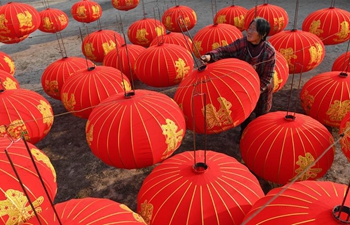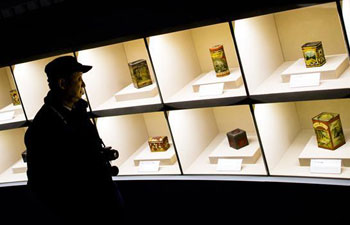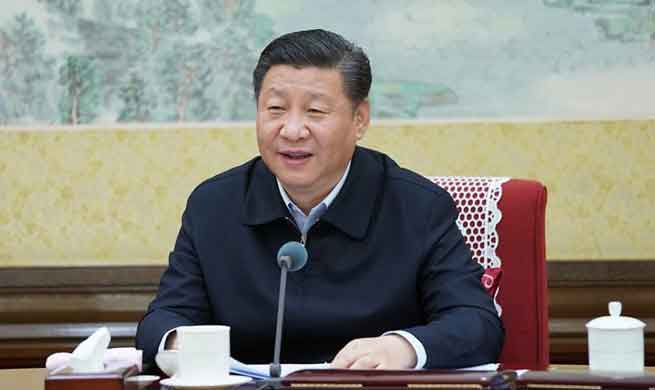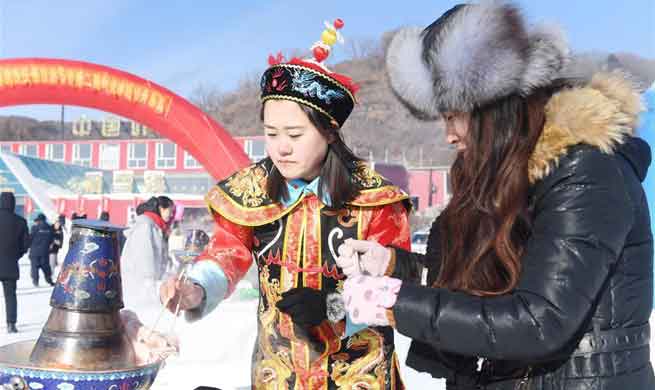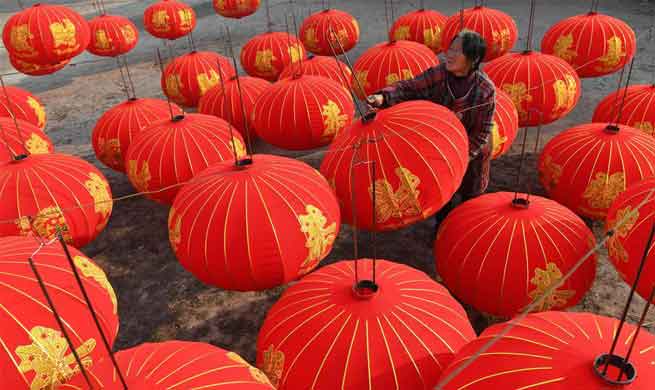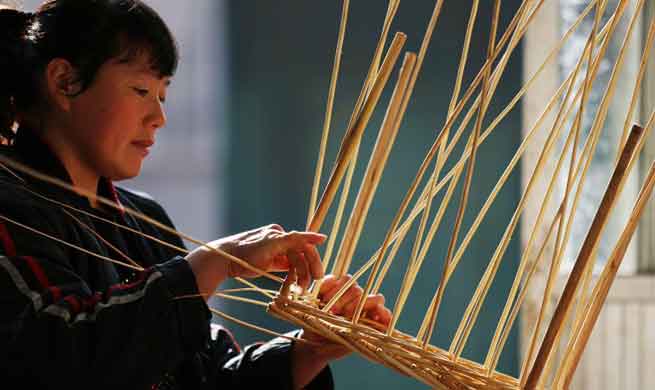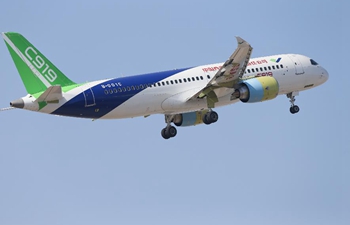BEIJING, Dec. 27 (Xinhua) -- China has made remarkable progress in its farm sector and rural land ownership reform during the past five years.
AGRICULTURAL SUPPLY-SIDE REFORM
Unlike the past, farmers in the northeast Heilongjiang land reclamation area chose to sell their corn to a mill in southern Guangdong Province rather than to local grain depots.
Zhao Jun, head of Fengshun Farming Cooperative, said the corn was transported to the nearby city of Jinzhou by railway, and then by ship to Guangzhou Port.
Such a move is a good showcase for the country's supply-side reform in farming, especially in corn production, given bumper harvests and surplus grain stockpiles, according to Li Guoxiang, a researcher with the Rural Development Institute.
After one year of reform, corn planting area in the country dropped by about 2 million hectares, while soybean plantation increased by more than 660,000 hectares
RURAL LAND OWNERSHIP REFORM
The country is also expanding its rural land ownership reform.
A total of 300 counties will be covered in the pilot program next year, up from current 129, Vice Agricultural Minister Ye Zhenqin said earlier this month at a meeting in Tianchang in central China's Anhui Province, a major grain-producing region.
Ye said local governments could also take the program to more places, dependent on their needs.
"The reform should be basically completed by the end of 2021," he said.
China initiated the reform in 2014 to grant farmers more rights to benefit from collective land in villages. The pilot program, as a significant link in the country's rural revitalization strategy, has expanded rapidly.
During the past three years, much progress has been made. Farmers started to own a share in collective assets and receive returns each year. The rural land ownership system was streamlined and grassroots governance improved.
BATTLING RURAL POVERTY AND POLLUTION
The countryside is also a major battlefield for two of "the three tough battles," namely preventing and defusing major risks, targeted poverty alleviation and tackling pollution, according to a statement released after the Central Economic Work Conference concluded last week.
For the battle against poverty, policymakers pledged to work to ensure the quality of poverty reduction efforts, focus on helping special groups and eradicate abject poverty.
"We must ensure that by the year 2020, all rural residents living below the current poverty line have been lifted out of poverty, and poverty is eliminated from all poor counties and regions," according to the 19th National Congress of the Communist Party of China.
The country "will strengthen control of soil pollution and the restoration of polluted soil, intensify the prevention and control of agricultural pollution from non-point sources, and take measures to improve rural living environments."
Last year, China's use of agricultural fertilizers saw almost zero-growth for the first time since the country's reform and opening-up.
According to a Chinese plan, key growing areas for fruit, vegetables, and tea should cut chemical fertilizer use by at least 20 percent by 2020.
Currently, each year less than 50 percent of the country's 3 billion tonnes of livestock excrement undergoes proper treatment.






